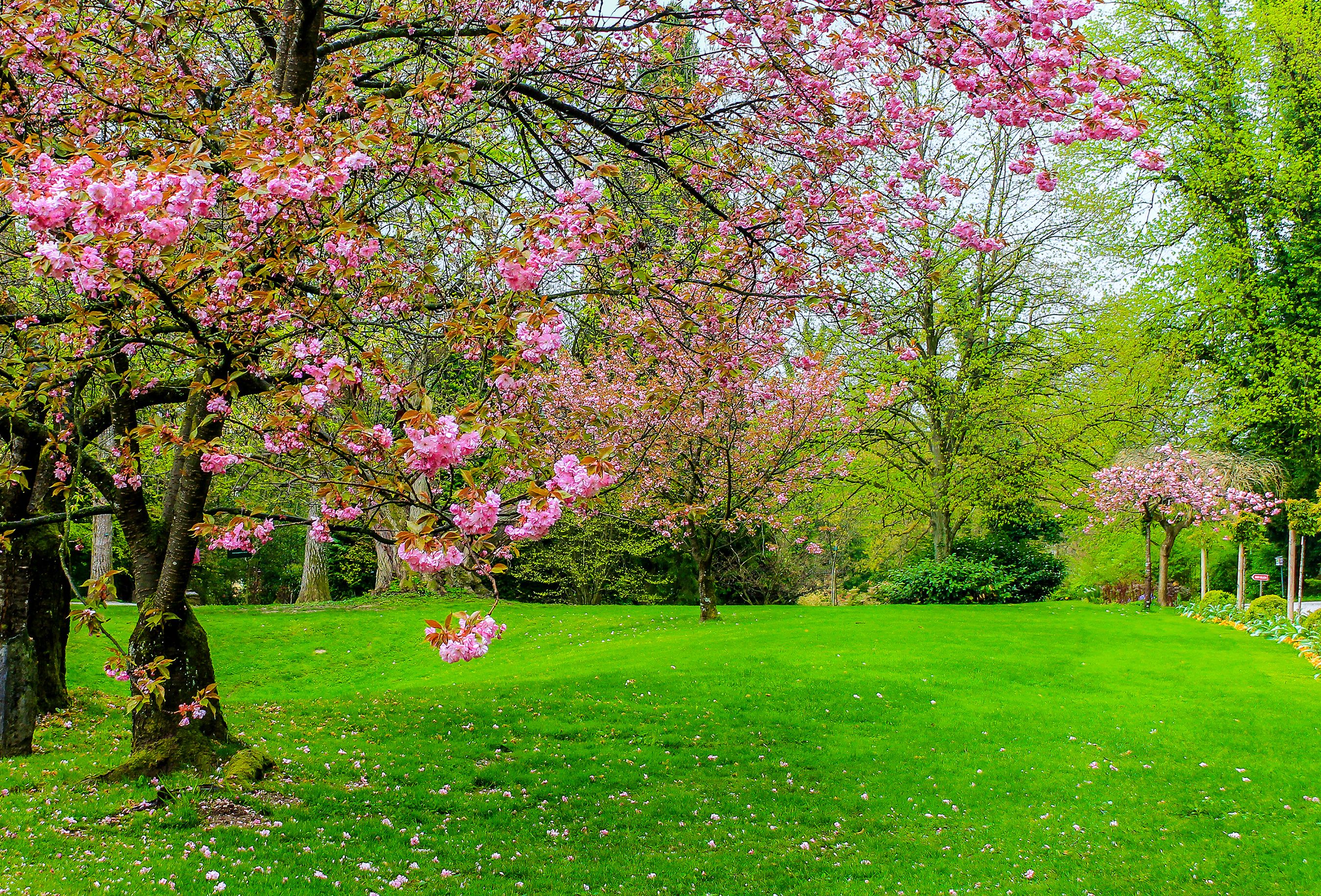Landscape fabric can help you prepare a garden bed for spring planting while limiting disturbance to surrounding soils. Additional landscape fabric applications include pathways, ground stabilization, soil separation, row cover in gardens, underlayment for ponds and hardscapes, slope management and weed control. Landscape fabric can also be incorporated to conserve soil moisture.
Types of Landscape Fabrics
There are different types of landscape fabric that may be used. Consider these questions when deciding which is right for you:
 What are the obvious concerns?
What are the obvious concerns?- What are the potential problems?
- How and where is fabric going to be installed?
- What is the fabric’s primary function?
- What type(s) is/are appropriate for the situation?
- What are the fabric’s features?
- Does it need to be UV-resistant?
- Does it need to be water permeable?
- Is it biodegradable?
There are three different types of fabric to consider. They are spun, woven and nonwoven. Each type has different characteristics with regards to the ability to filter air and water, durability or strength, thickness and cost. Most are made of polypropylene.
Spun fabric is typically made with a swirling pattern that is tough to tear or puncture. It is commonly used in landscaping and for soil separation. This type of fabric has a high flow capacity.
Woven fabric is comprised of flat yarns with a crisscross pattern. It’s resistant to tears or punctures, and can be used in applications requiring higher strength and structural stability. Woven fabric is often used in construction areas, in nurseries for container fields, greenhouse floors and pathways. It typically has a low flow capacity.
Nonwoven fabric is used in construction areas, as an underlayment for ponds, for soil separation and under rock and gravel. Nonwoven fabric is common in subsurface applications because of its high flow and small pore size.
 Selecting a Landscape Fabric
Selecting a Landscape Fabric
Landscape fabric comes in a variety of thicknesses. Typically, the thicker the fabric, the greater the longevity—however, thicker fabric is usually more expensive.
A quality landscape installation may include the use of landscape fabric to promote an ecologically friendly landscape. Ewing is here to assist with all of your landscape fabric needs, including stakes, staples, blades, measuring tape and wheels, along with any associated drainage needs.
Check out our selection of landscape fabric and other geotextiles, and head to your local Ewing store to get help and products for your next landscaping project.




